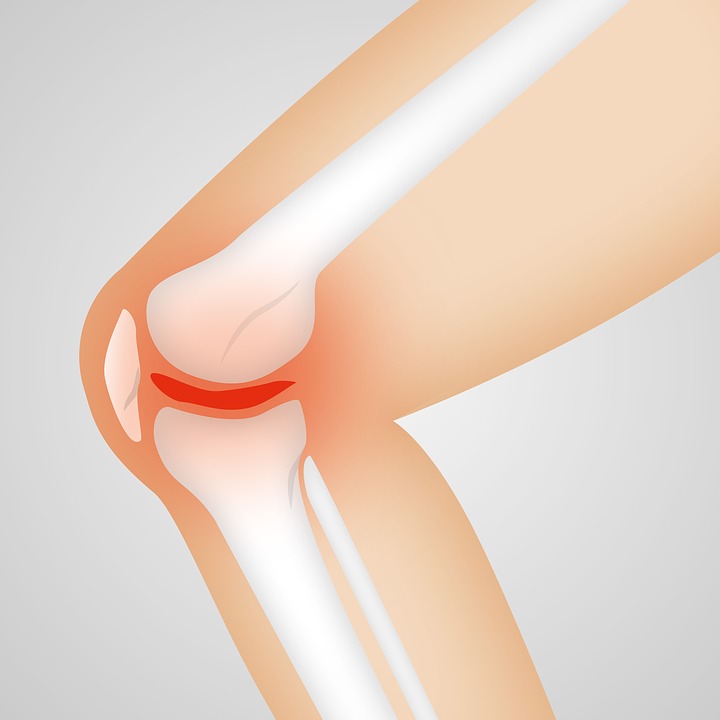The Social Security Administration (SSA) requires that your joint condition prevents you from “ambulating effectively” before you can be considered for benefits.
Regardless of the cause(s) of a musculoskeletal impairment, functional loss for purposes of these listings is defined as the inability to ambulate effectively on a sustained basis for any reason, including pain associated with the underlying musculoskeletal impairment, or the inability to perform fine and gross movements effectively on a sustained basis for any reason, including pain associated with the underlying musculoskeletal impairment. The inability to ambulate effectively or the inability to perform fine and gross movements effectively must have lasted, or be expected to last, for at least 12 months.
The SSA is going to determine whether or not your condition will keep you from working for a minimum of 12 months. If you have trouble walking or using your hands, you may meet their requirements:
 To ambulate effectively, individuals must be capable of sustaining a reasonable walking pace over a sufficient distance to be able to carry out activities of daily living. They must have the ability to travel without companion assistance to and from a place of employment or school.
To ambulate effectively, individuals must be capable of sustaining a reasonable walking pace over a sufficient distance to be able to carry out activities of daily living. They must have the ability to travel without companion assistance to and from a place of employment or school.
Also, inability to perform fine and gross movements effectively means an extreme loss of function of both upper extremities; i.e., an impairment(s) that interferes very seriously with the individual’s ability to independently initiate, sustain, or complete activities. To use their upper extremities effectively, individuals must be capable of sustaining such functions as reaching, pushing, pulling, grasping, and fingering to be able to carry out activities of daily living.
The language they use may seem legalistic and confusing, but don’t be intimidated; Social Security Disability Insurance is a fund that all Americans pay into over the course of their working lives. It exists for the sole purpose of helping people with serious disabilities get through the toughest times in their lives. This money is yours, and although there are some hoops to jump through, you deserve it. Please take a look at the SSA listing for more information about what they are specifically looking for when they consider your claim.
What Causes Joint Pain?
A joint is the place where two bones connect, either directly or by a synovial gap (see illustration). Most joints are protected by a joint capsule and synovial lining that encloses the gap and protects the cartilage disc which allows the bones to articulate. Sports injuries, falls, and the like can compress, damage, or tear parts of the joint. Joint injuries can lead to swelling that causes pain and inhibits function, and can lead to arthritis; arthritis and injuries are the most common causes of joint pain. “Arthritis” often refers to any disorder affecting the joints. Specifically, there are five kinds of arthritis—the most common is osteoarthritis. Osteoarthritis is caused by being overweight, getting older, or joint injury. Injury may be the result of a dislocation, a sprain, or a strain on any part of the joint.
What Are the Symptoms?
Evidence of joint injury can manifest in the following ways:
- Weakness in the hands, trouble opening jars
- Pain wakes you up at night
- Knees or other joints “giving out”
- Joint aching or soreness, particularly with movement
- Diminished articulation or pain with articulation
Complications and Your SSD Claim
What the SSA calls a “major dysfunction” is defined as:
Characterized by gross anatomical deformity (e.g., subluxation, contracture, bony or fibrous ankylosis, instability) and chronic joint pain and stiffness with signs of limitation of motion or other abnormal motion of the affected joint(s), and findings on appropriate medically acceptable imaging of joint space narrowing, bony destruction, or ankylosis of the affected joint(s). With:
A. Involvement of one major peripheral weight-bearing joint (i.e., hip, knee, or ankle), resulting in inability to ambulate effectively, as defined in 1.00B2b;
OR
B. Involvement of one major peripheral joint in each upper extremity (i.e., shoulder, elbow, or wrist-hand), resulting in inability to perform fine and gross movements effectively, as defined in 1.00B2c.
Diagnosing joint conditions can be difficult, talk to your doctor about your joint pain before it becomes a problem; arthritis is common, but it has many kinds and causes. If you have developed a complication that matches this description, then you need to start putting together concrete evidence that your problem exists. The SSA will want to see x-rays or MRIs with information showing what is wrong and how it affects you. Putting all of this evidence together while recovering from a serious injury or disability is a lot for anyone to handle; this is where it really helps to consult a knowledgeable Utah Social Security Disability Attorney.
Further Reading on Joint Disability
WebMD
Medline Plus article on Arthritis
Short Joint Health Article
Harvard Med School Questions to Ask Your Doctor
Image courtesy of naturwohl-gesundheit. Image free for commercial use.